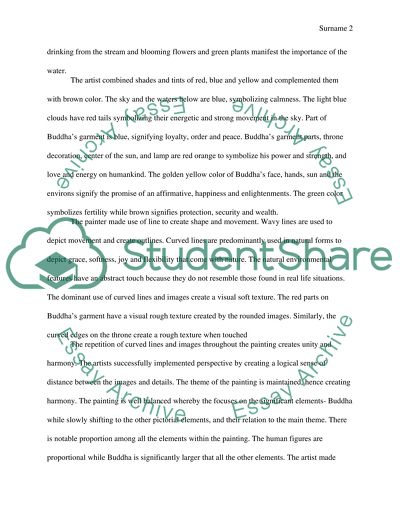Cite this document
(Sacred Realms: Thangka by Shashi Dhoj Tulachan Assignment, n.d.)
Sacred Realms: Thangka by Shashi Dhoj Tulachan Assignment. Retrieved from https://studentshare.org/visual-arts-film-studies/1690995-museum-visit-essay-assignment
Sacred Realms: Thangka by Shashi Dhoj Tulachan Assignment. Retrieved from https://studentshare.org/visual-arts-film-studies/1690995-museum-visit-essay-assignment
(Sacred Realms: Thangka by Shashi Dhoj Tulachan Assignment)
Sacred Realms: Thangka by Shashi Dhoj Tulachan Assignment. https://studentshare.org/visual-arts-film-studies/1690995-museum-visit-essay-assignment.
Sacred Realms: Thangka by Shashi Dhoj Tulachan Assignment. https://studentshare.org/visual-arts-film-studies/1690995-museum-visit-essay-assignment.
“Sacred Realms: Thangka by Shashi Dhoj Tulachan Assignment”, n.d. https://studentshare.org/visual-arts-film-studies/1690995-museum-visit-essay-assignment.


